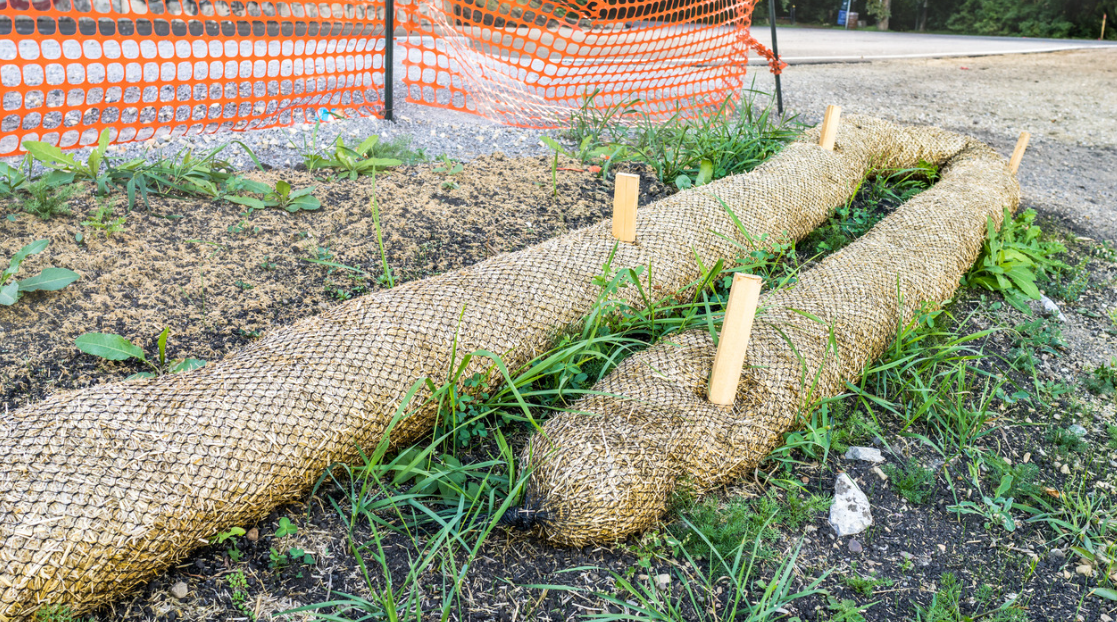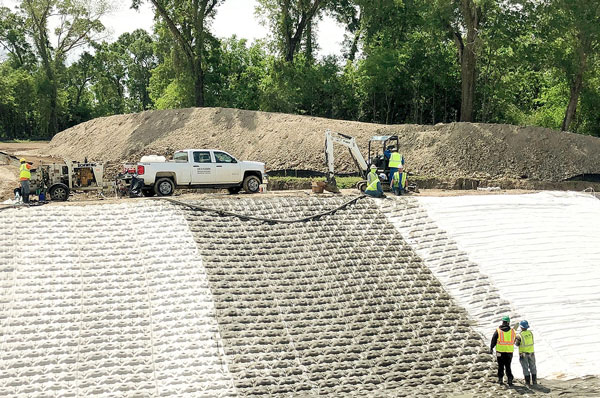Trusted Erosion Control: Memphis Erosion Control Solutions erosion control company
Effective Erosion Control Methods for Sustainable Land Administration
Are you trying to find methods to properly handle erosion on your land? Look no more! This short article will provide you with beneficial details on the value of erosion control in sustainable land administration. Discover the various kinds of erosion and their influence on your land, in addition to all-natural methods to regulate disintegration. Learn just how to carry out efficient erosion control measures and ensure correct tracking and maintenance. Beginning doing something about it today to protect and keep your useful land.
Significance of Disintegration Control in Sustainable Land Management
Because it aids prevent soil destruction and loss,Erosion control is crucial for sustainable land administration. By implementing efficient erosion control strategies, you can make sure the lasting wellness and efficiency of your land. Without proper disintegration control measures, dirt disintegration can happen, causing the loss of valuable topsoil that is rich in nutrients required for plant development.
One of the primary reasons disintegration control is vital is due to the fact that it aids to preserve soil fertility. Additionally, erosion can lead to sedimentation in nearby water bodies, which can adversely influence water environments.
An additional secret benefit of disintegration control is the prevention of land destruction. By carrying out erosion control strategies such as terracing, contour plowing, and the use of cover plants, you can help avoid land destruction and keep the health of your land.

Kinds Of Disintegration and Their Effect On Land
Comprehending the different types of erosion and just how they influence the land can assist you carry out much better land management practices. Disintegration is the process by which dirt, rocks, and other products are slowly worn off and carried by natural pressures such as water, wind, and ice. There are four major kinds of erosion: sheet disintegration, rill erosion, gully erosion, and mass activity erosion.
Sheet disintegration happens when a slim layer of soil is gotten rid of uniformly from the surface area of the land. Rill disintegration, on the other hand, takes place when small networks or rivulets are created on the land due to the flow of water.
Gully disintegration is more serious and takes place when larger networks or gullies are formed because of the continual flow of water. This kind of disintegration can cause considerable damages to the land, leading to loss of topsoil and greenery. Last but not least, mass activity erosion refers to the motion of huge quantities of soil and rocks downhill due to the force of gravity. This can occur in the type of landslides or sagging.
Comprehending these different sorts of disintegration and their effect on the land is crucial for effective land administration. By carrying out disintegration control methods such as terracing, contour plowing, and reforestation, you can reduce erosion and protect the stability of the land. Furthermore, practicing good land management techniques like proper crop rotation, keeping ground cover, and using sediment control steps can further help in preventing erosion.
All-natural Disintegration Control Techniques for Sustainable Land Management
By executing natural disintegration control approaches, john's landscaping you can effectively protect the honesty and manage of your land. In areas where disintegration is a substantial issue, mounting erosion control coverings or floor coverings can be useful. Generally, by using these all-natural disintegration control approaches, you can properly take care of and shield your land from disintegration, guaranteeing its lasting sustainability.
Applying Reliable Disintegration Control Procedures

To efficiently take care of and safeguard your land from disintegration, you need to think about implementing tried and tested methods that can aid mitigate the danger. One such technique is using erosion control coverings. These coverings, made from synthetic materials or natural fibers, are put on the dirt surface area to stabilize it and avoid erosion. They assist maintain dampness, decrease sediment overflow, and promote the growth of plants. An additional reliable strategy is making use of terracing. Terracing entails developing degree systems on sloping land, which aids to reduce down drainage and protect against disintegration. It additionally enables the farming of plants on the terraced inclines. Furthermore, growing plants is a critical action in disintegration control. Trees, grasses, and hedges have substantial root systems that bind the soil with each other, reducing disintegration triggered by wind and water. Setting up sediment control actions such as silt fences and debris fish ponds can aid trap sediment and stop it from going into nearby water bodies. These measures are specifically essential during building and construction tasks. By executing these confirmed disintegration control methods, you can properly secure your land and minimize the threat of erosion and its destructive impacts.
Tracking and Upkeep of Erosion Control Methods
When surveillance and maintaining disintegration control actions, it is very important to on a regular basis evaluate the erosion control blankets, balconies, vegetation, and sediment control procedures to guarantee they are functioning appropriately and properly avoiding erosion (Memphis Erosion Control Solutions Memphis TN). By carrying out routine assessments, you can recognize any issues or deficiencies in the erosion control techniques and take required actions to rectify them
Begin by inspecting the erosion control blankets. Look for indicators of damages or wear, such as rips or subjected link soil.
Next, inspect the terraces. Look for indicators of disintegration, such as sediment buildup or uneven surface areas. Make sure that the terraces are correctly developed and maintained to draw away water circulation and minimize erosion. Clear any kind of gathered debris to maintain resource their capability.
Assess the plant life in the erosion control location. Proper plants insurance coverage assists maintain the soil and stop erosion.
Finally, inspect the sediment control procedures, such as sediment basins or debris fencings. Ensure they are effectively installed and working as planned. Remove any type of gathered sediment and guarantee that the controls are effectively maintained.
Routine tracking and upkeep of erosion control steps are vital for their long-term effectiveness in stopping disintegration and keeping sustainable land administration techniques.
Verdict
In conclusion, you should focus on disintegration control for sustainable land management. By understanding the various kinds of erosion and their impact on the land, you can implement reliable all-natural erosion control methods.
Discover the various types of disintegration and their impact on your land, as well as natural approaches to control disintegration. There are 4 main kinds of disintegration: sheet erosion, rill disintegration, gully disintegration, and mass movement disintegration.
By implementing erosion control strategies such as terracing, contour plowing, and reforestation, you can reduce erosion and preserve the stability of the land (silt fences). In general, by using these all-natural disintegration control methods, you can efficiently handle and shield your land from disintegration, ensuring its long-term sustainability
By understanding the different types of disintegration and their effect on the land, you can apply reliable all-natural disintegration control methods.